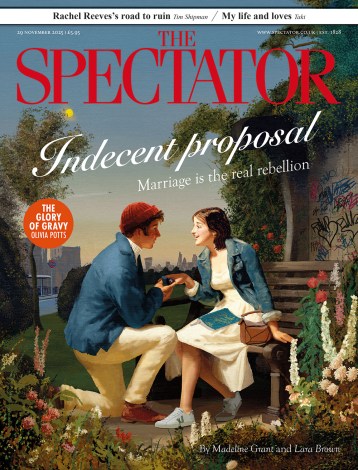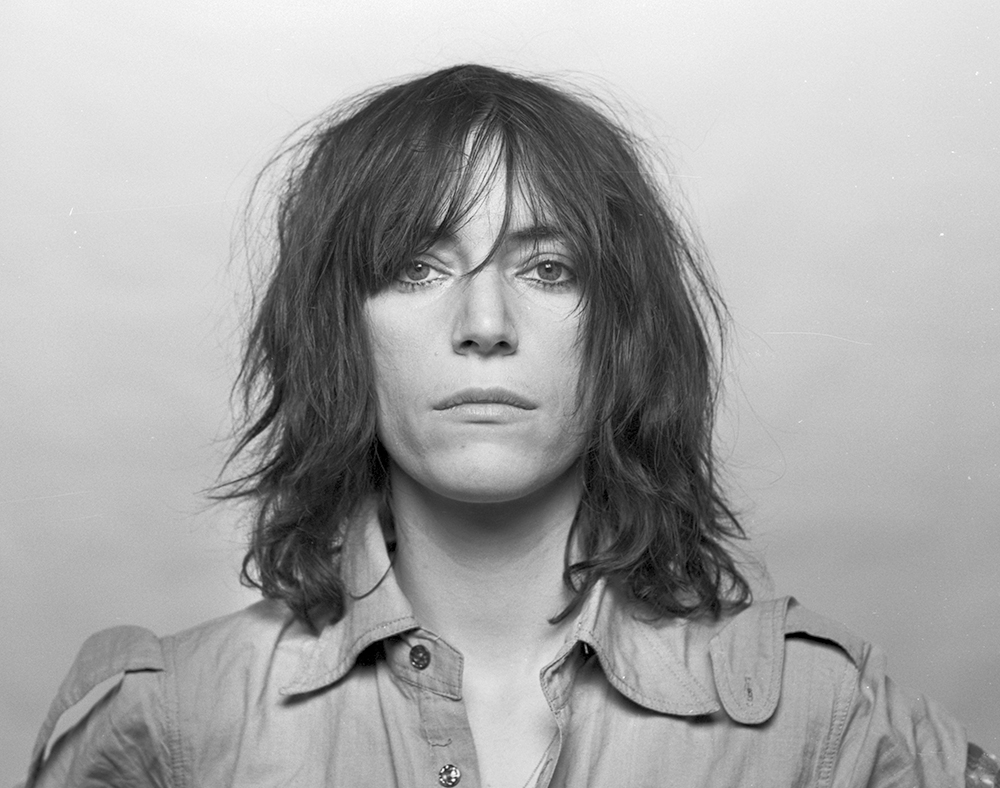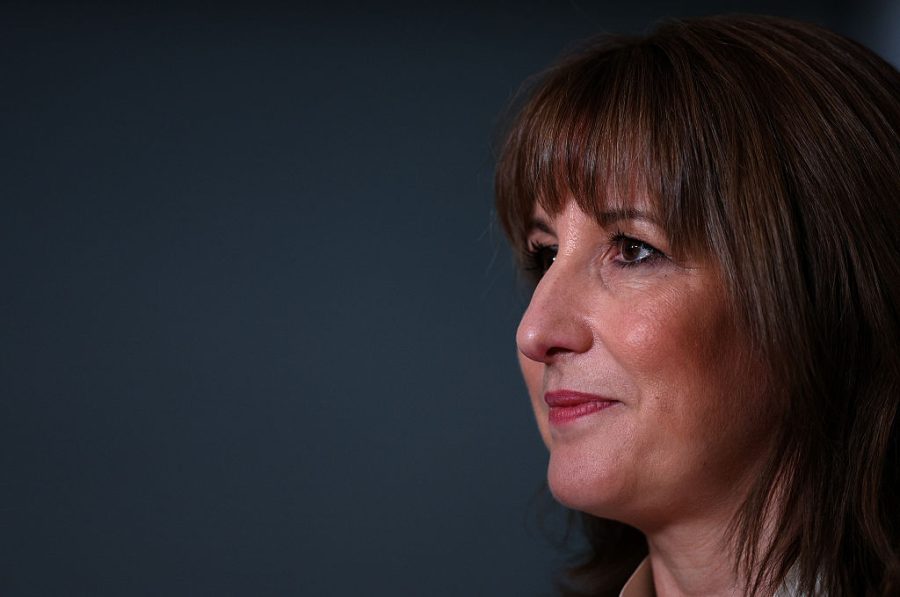
The punk icon Patti Smith’s latest memoir stretches from 1940s Michigan to present-day Nice, weaving around and complementing her other works of autobiography in its rendering of formative scenes. These include descriptions of periods of childhood illness, displays of sibling loyalty, powerful encounters with art and poetry, attachment to beloved clothes, marriage to Fred and the deaths of people close. Smith looks ahead to a time when she and her dwindling companions are gone: ‘Write for that future, says the pen.’
Our attention is periodically drawn to the pen’s motion as it ‘scratches across the page’, conjuring a lifetime of fluctuation. Smith opens with a recollection of waving her arms and knocking a toy off her highchair (‘The first sensation I remember is movement’). She expands this into describing a childhood of instability, counting 11 relocations before her fourth birthday and setting the tone for a life touring the world, from bases in New York, then Detroit.
‘I believed wisdom and sacred mysteries were contained in a secret language found in my books’
This sense of fluctuation is in sharp contrast to the intense concentration on a particular time and place – 1970s New York – that marked Smith’s 2010 memoir, Just Kids. Now the singer’s febrile mind leaps instead across decades and locations, melding different memories with common themes. For instance, she finds links between her ‘liberty dress’, a Victorian undergarment given to her by Robert Mapplethorpe on Palm Sunday 1968, with a Delacroix painting as well as with Florentine murals. A photograph of the dress conveys the sense of powerful feelings held in something very slight:
Discoloured by love and neglect, traces of faded blood, rusted safety pins. So much hope and arrogance within a garment so light it can hardly be called cloth, folded away like an origami swan.
The same words might describe Smith’s lyrical prose – marked by indelible wounds, but like gossamer – as we skip from one chapter of her life to another.
From an early age, Smith found that ‘poetry formed a map that led to the kingdom of the infinite imagination’. Reading a treasured anthology, entitled Silver Pennies, a gift from her mother, Smith came to realise that the silver pennies needed to ‘get into fairyland’ were the book’s poems. She suffered from several prolonged childhood illnesses, including TB, scarlet fever and pneumonia, and spent much time in bed alone with words and music. She describes a moment when her mother hastened her recovery from avian flu by letting her hold a box set of Madame Butterfly, telling her she could enjoy it only when she was well: ‘The wish to escape my body was only surpassed by a yearning to listen to the music of Puccini. There was no amount of penicillin or prayer more effective than my mother’s loving proviso.’ Smith charts other key discoveries in writing and art, as she turns away from a religious upbringing to embrace the poetry of Arthur Rimbaud, Bob Dylan and W.B. Yeats: ‘I believed wisdom and sacred mysteries were contained in a secret language found in my books.’
Family relationships are also woven in. Smith was the eldest child, with two younger sisters and a brother, and she skilfully recaptures the sibling love of her early life – an ‘inexplicable telepathy’, manifested, for instance, in ‘our Game of Knobs’, when shared imagination turned a piece of furniture into a ship: ‘The sea of possibilities we sailed in would be forever our own.’ Later, aged 19, when she confessed to her family that she was pregnant, her brother Todd ‘fell upon his sword for me, deflecting my dishonour’ by seizing that moment to come out as a transvestite. Intriguingly, after a genetic test and research, Smith’s biological father proved to be ‘from a line of wanderers, uprooted and replanted to spring elsewhere’ – lending additional resonance to the theme of restlessness.
Smith’s life has a feeling of something from a lost world, whether it be her view from the stoop, aged three (‘horse-drawn wagons, the iceman, a ragman and an organ grinder with a monkey with a little red cap’); her encounters with Dylan; the advice received from William Burroughs; or the coincidence of 4 November being both Mapplethorpe’s birthday and the day on which her husband Fred died. In these pages, ‘the hourglass overturns. Each grain a word that erupts into a thousand more’. It is a deep pleasure to spend time lost in this world of memories, ideas and poetry.








Comments